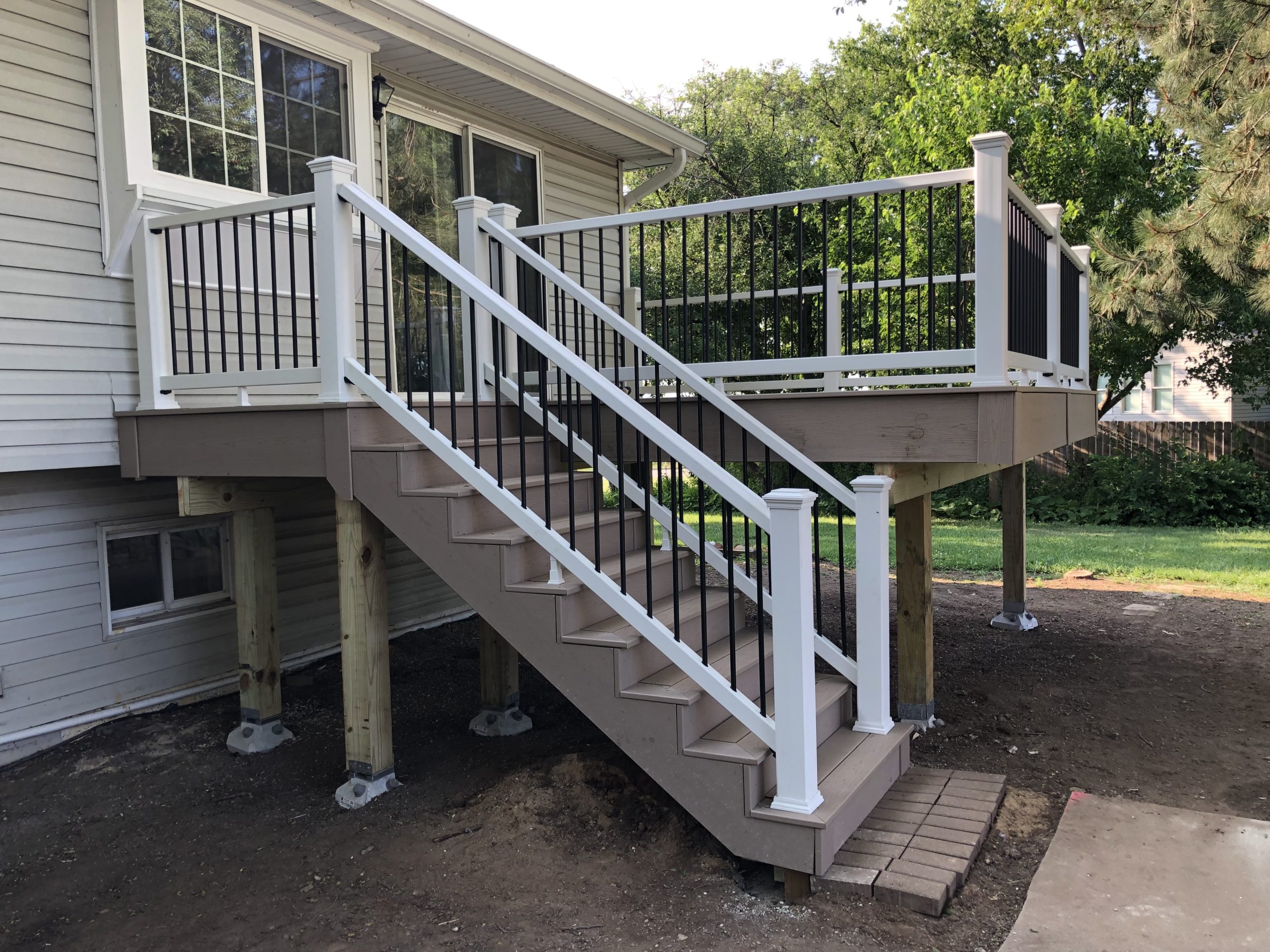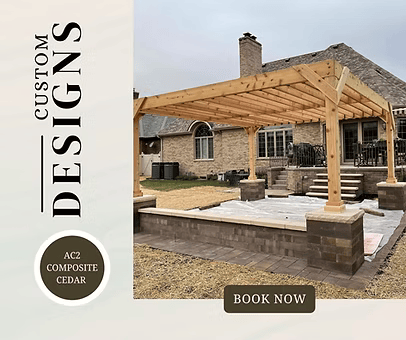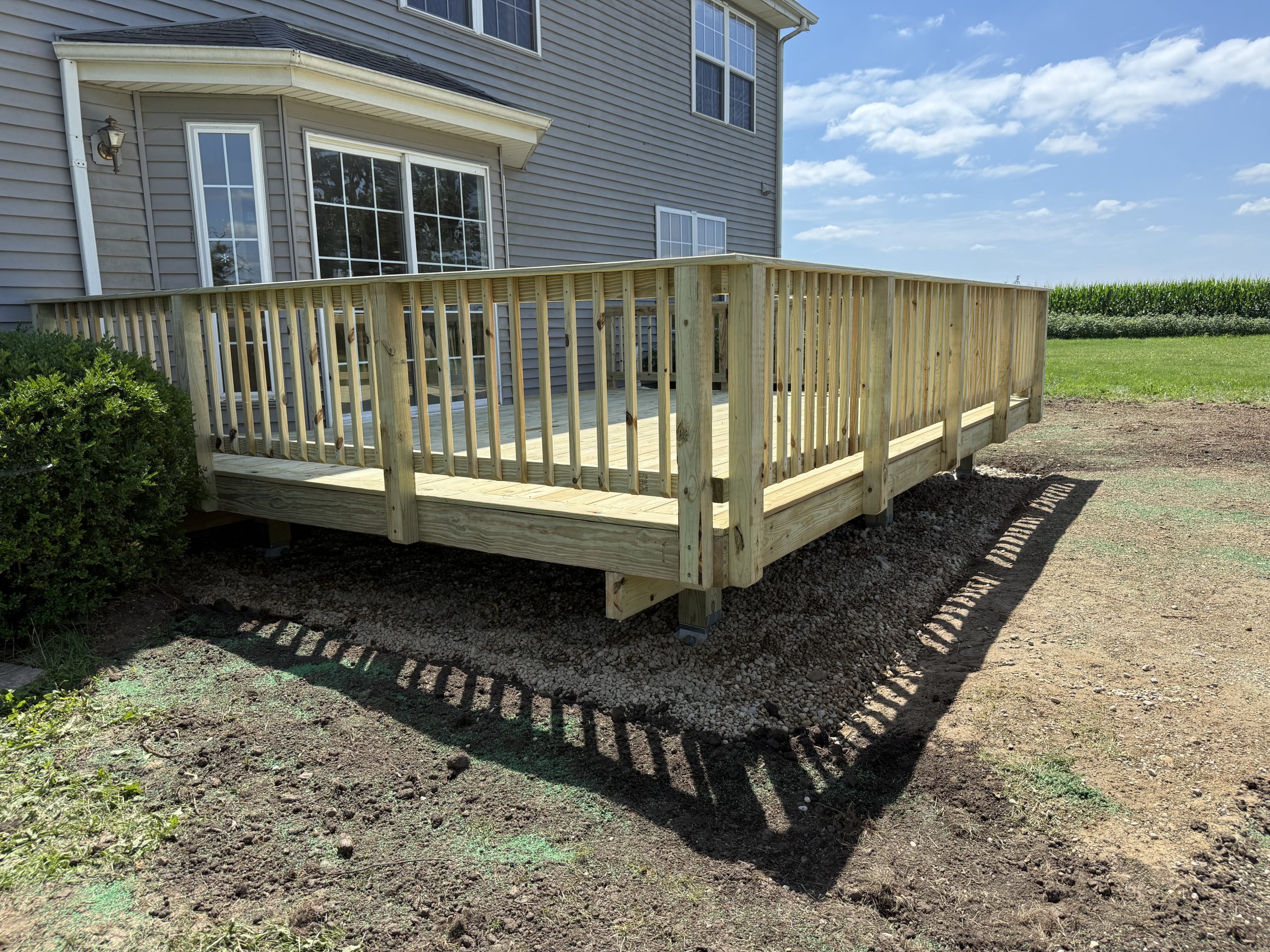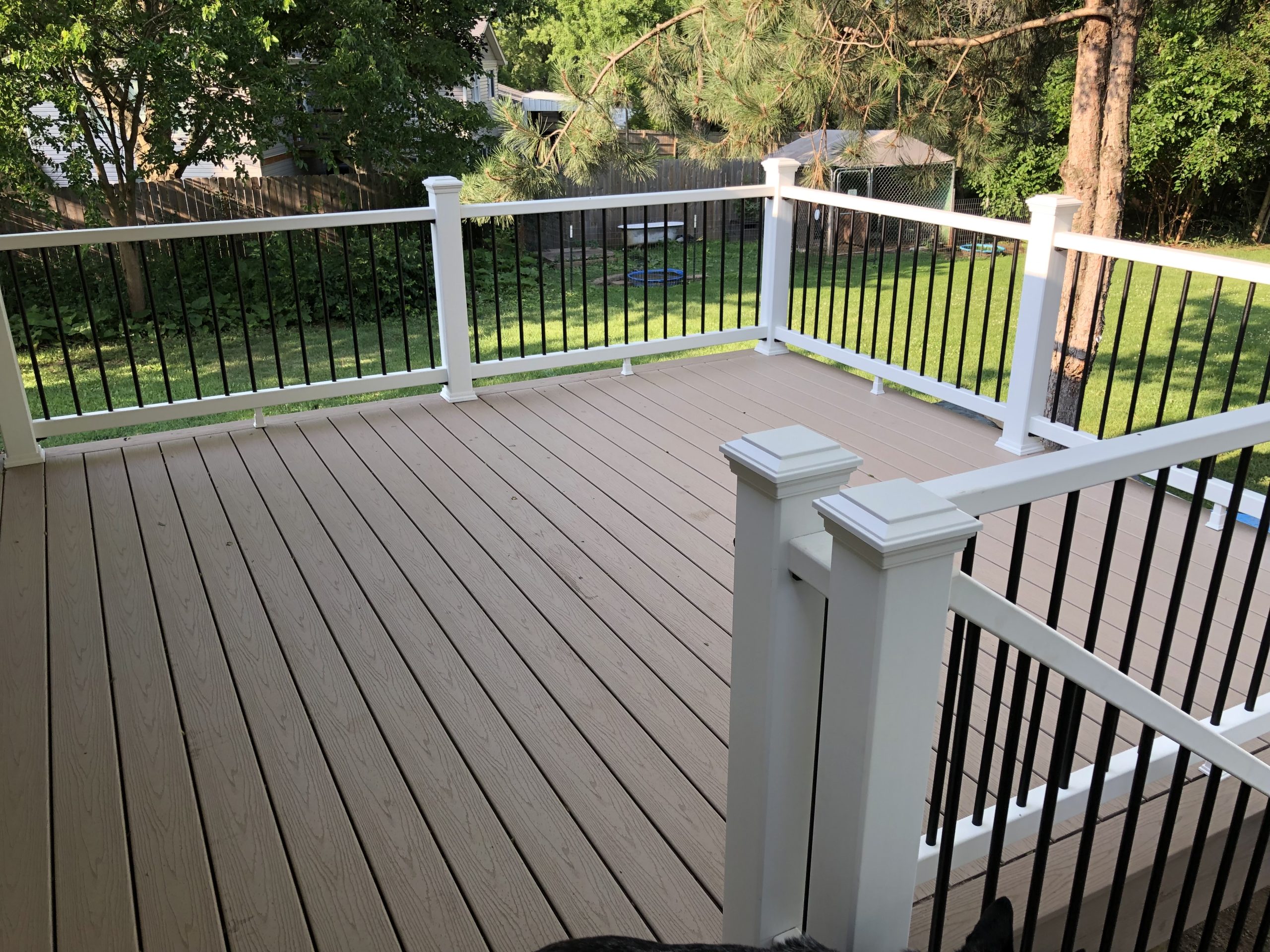
The Timeless Charm of Treated Lumber and Cedar Pergolas
A pergola is more than just an outdoor structure — it’s a statement piece that transforms your backyard into a functional, inviting, and stylish space. Whether you’re hosting summer gatherings, creating a shaded retreat, or adding long-term value to your home, a pergola is a timeless investment.
Two of the most popular choices for homeowners are treated lumber and cedar pergolas. Both offer unique benefits in terms of durability, aesthetics, and maintenance. This guide explores why these materials remain top choices for creating beautiful and lasting pergolas.
Why Choose a Pergola?
Shade & Comfort – A pergola provides relief from direct sun while maintaining an open, airy feel.
Outdoor Living Space – Perfect for dining areas, lounges, or even garden features.
Curb Appeal – Pergolas add architectural charm and enhance home value.
Versatility – They pair well with climbing plants, lighting, or draped fabric for a customized look.
Treated Lumber Pergolas: Affordable & Reliable
Treated lumber is one of the most widely used materials for outdoor structures due to its durability and cost-effectiveness.
Benefits of Treated Lumber
Budget-Friendly – More affordable than cedar while still offering strength.
Resistant to Decay – Pressure treatment helps protect against rot and insects.
Long-Lasting – With proper care, treated lumber pergolas can last for decades.
Things to Consider
Appearance – Treated lumber has a more rustic look and may require staining or painting.
Maintenance – Periodic sealing or staining helps prevent warping and weathering.

Cedar Pergolas: Natural Beauty & Timeless Elegance
Cedar is known for its rich color, natural aroma, and natural resistance to the elements.
Benefits of Cedar
Elegant Aesthetics – Distinct grain and warm tones create a high-end look.
Naturally Durable – Resistant to decay, rot, and insects without chemical treatment.
Low Maintenance – Ages gracefully to a silvery patina if left untreated, or can be stained to preserve color.
Things to Consider
Higher Cost – Cedar is more expensive than treated lumber, but many see it as a worthy investment.
Softwood Material – While durable, cedar is softer than hardwoods and can dent if not cared for properly.
Choosing the Right Pergola for Your Space
When deciding between treated lumber and cedar, consider:
Budget – Treated lumber is more affordable upfront.
Style Preference – Cedar offers a premium, natural aesthetic.
Maintenance Commitment – Both require some care, but cedar weathers more gracefully.
Longevity Goals – Both options can last for years when maintained properly.
Frequently Asked Questions
How long will a treated lumber pergola last?
With regular sealing and care, treated lumber pergolas can last 15–20 years or more.
Does cedar need to be sealed?
Not necessarily — cedar naturally resists decay, but sealing or staining helps preserve its rich color.
Which is better for resale value: cedar or treated lumber?
Cedar often provides higher visual appeal and can increase curb appeal, but treated lumber is a solid, durable choice that appeals to budget-conscious buyers.
Add Lasting Beauty to Your Backyard
Both treated lumber and cedar pergolas offer timeless charm, each with its own advantages. Whether you prefer the affordability and strength of treated lumber or the natural elegance of cedar, a pergola can transform your outdoor space into a welcoming oasis.
👉 Ready to design your perfect pergola? Contact Echelon Deck Group today to schedule a free consultation and explore custom pergola options for your home.



